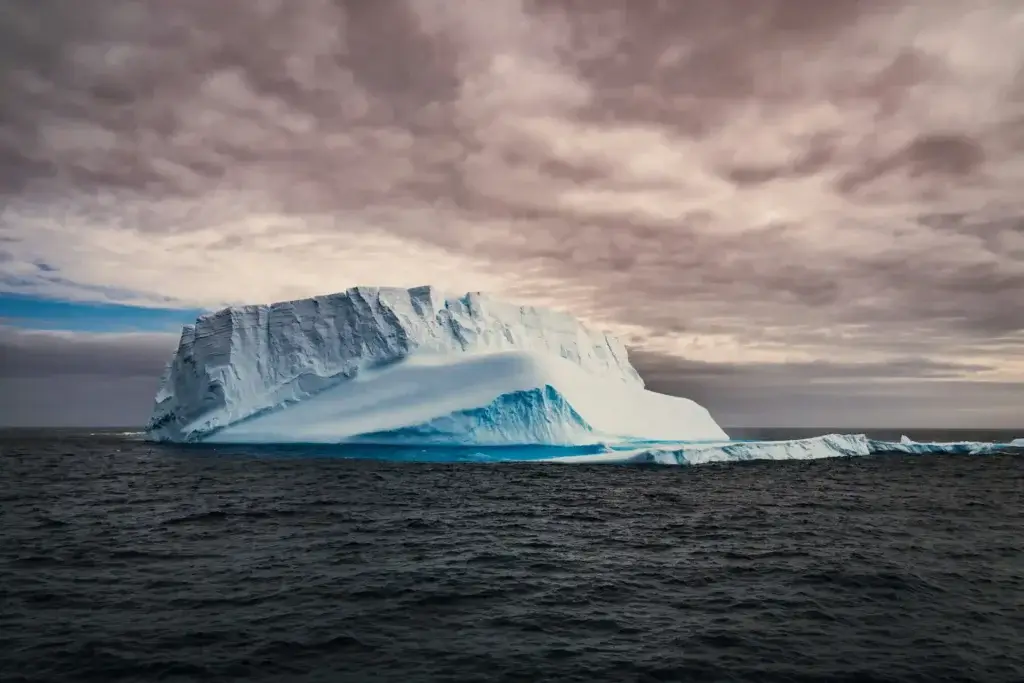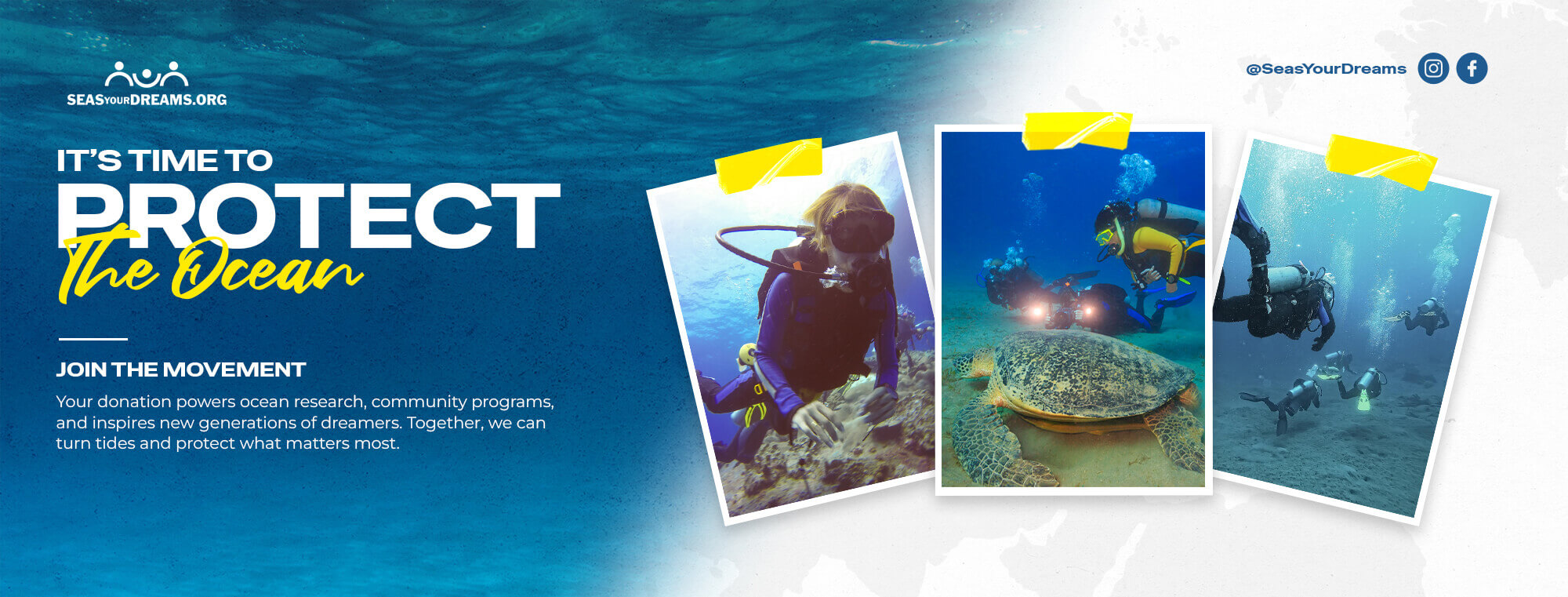Effects of Global Warming
on the Ocean

Who Owns the Ocean Explorer Research Vessel?
01
Effects of Global Warming on the Ocean
Effects of Global Warming on the Ocean
The ocean is Earth’s life support system. It absorbs heat, stores carbon dioxide, and provides food, oxygen, and livelihoods for billions of people. But global warming is putting this vital system under immense pressure.
The effects of global warming on the ocean are already visible rising sea temperatures, melting ice caps, sea level rise, stronger storms, coral bleaching, and changes in marine life. These changes don’t just affect the ocean they threaten ecosystems, coastal communities, and economies worldwide.
In this practical guide, we explain the key effects of global warming on the ocean, the science behind them, and what can be done to slow these impacts.
What Causes Global Warming?
Global warming refers to the long-term rise in Earth’s average surface temperature due to increased greenhouse gases, mainly carbon dioxide (CO₂), methane, and nitrous oxide. These gases trap heat in the atmosphere.
Most greenhouse gas emissions come from burning fossil fuels for energy, deforestation, and industrial processes.
The ocean acts as a giant heat and carbon sink, absorbing more than 90 percent of the excess heat and about 30 percent of the carbon dioxide produced by human activities.
Key Effects of Global Warming on the Ocean
Let’s break down the most significant effects of global warming on the ocean and why they matter.
Rising Sea Temperatures
One of the clearest effects of global warming on the ocean is rising sea temperatures. The ocean has absorbed huge amounts of excess heat since the 1970s.
Why it matters:
- Warmer waters disrupt marine ecosystems.
- Fish migrate to cooler waters, shifting fisheries and food security.
- Many marine species struggle to adapt quickly enough to the changing temperatures.
Warmer oceans also fuel more intense hurricanes and typhoons because they provide more energy for storm systems.
Melting Polar Ice and Sea Level Rise
As global temperatures rise, glaciers and polar ice sheets melt, adding more freshwater to the ocean. Thermal expansion (when water expands as it warms) further raises sea levels.
Key consequences of sea level rise:
- Increased flooding and coastal erosion.
- Loss of coastal habitats like wetlands and mangroves.
- Threats to low-lying islands and coastal cities.
Sea level rise is one of the most visible and costly effects of global warming on the ocean for human communities.
Coral Bleaching and Reef Loss
Coral reefs are highly sensitive to rising sea temperatures. When the water gets too warm, corals expel the algae (zooxanthellae) that give them color and nutrients, turning corals white a phenomenon called coral bleaching.
Bleached corals are weakened and more likely to die if stress continues.
Why this matters:
- Coral reefs support about 25% of all marine species.
- They provide coastal protection and income through tourism and fisheries.
- Mass coral bleaching events threaten biodiversity and livelihoods.
Changes in Ocean Currents
Ocean currents distribute heat and nutrients across the globe. Global warming can disrupt these currents.
One example is the potential slowing of the Atlantic Meridional Overturning Circulation (AMOC), which includes the Gulf Stream.
Possible impacts:
- Shifts in weather patterns and storms.
- Changes in fish migration routes.
- Impacts on regional climates, including more extreme winters in parts of Europe.
Ocean Acidification
While not caused directly by temperature, ocean acidification is another major problem linked to increased CO₂ levels.
As more CO₂ dissolves in seawater, it lowers the pH, making the ocean more acidic. This harms shell-building creatures, coral reefs, and marine food webs.
Combined with warming, acidification makes it even harder for marine life to survive.
Deoxygenation
Warmer waters hold less dissolved oxygen. Combined with nutrient pollution, this can create “dead zones” areas where oxygen levels are too low to support most marine life.
Deoxygenation affects fish, crabs, and other species, reducing biodiversity and harming fisheries.
How Do the Effects of Global Warming on the Ocean Impact People?
The ocean is deeply connected to human life and economies. Some impacts include:
- Food security: Changes in fish stocks affect the food supply for millions.
- Coastal flooding: Sea level rise threatens homes, infrastructure, and freshwater supplies.
- Economic losses: Coral reef decline hits tourism and fisheries industries.
- Increased natural disasters: Warmer oceans fuel stronger storms and hurricanes.
Protecting the ocean is essential for protecting people.
Which Marine Species Are Most at Risk?
Species most vulnerable to the effects of global warming on the ocean include:
- Coral reefs and the thousands of species that depend on them.
- Polar species like penguins and polar bears, which rely on sea ice.
- Cold-water fish that struggle to adapt to warming seas.
- Shellfish like oysters and mussels, which face acidification and deoxygenation.
How Do Scientists Monitor the Effects of Global Warming on the Ocean?
Scientists use satellites, ocean buoys, research vessels, and underwater robots to track temperature, salinity, currents, pH, and oxygen levels.
Long-term monitoring helps understand trends, forecast future impacts, and design conservation strategies.
What Are the Solutions to Limit the Effects of Global Warming on the Ocean?
There is no single fix, but multiple actions help limit the damage and build resilience.
Reduce Greenhouse Gas Emissions
The most important step is to cut carbon emissions. This means:
- Transitioning to renewable energy like wind, solar, and tidal power.
- Improving energy efficiency.
- Protecting forests that absorb CO₂.
Global cooperation under agreements like the Paris Agreement aims to limit warming to 1.5°C to avoid the worst impacts.
Protect and Restore Blue Carbon Ecosystems
Mangroves, seagrasses, and salt marshes absorb large amounts of carbon and protect coastlines.
Protecting and restoring these ecosystems locks away carbon and buffers the effects of global warming on the ocean locally.
Expand Marine Protected Areas
Marine Protected Areas (MPAs) reduce local stressors like overfishing and pollution, giving marine life more resilience to climate impacts.
Countries worldwide are working toward protecting 30% of the ocean by 2030.
Promote Sustainable Fisheries
Adapt fisheries management to shifting species and changing habitats. This includes:
- Science-based catch limits.
- Seasonal closures.
- Protecting breeding grounds.
Support Climate Adaptation for Coastal Communities
Communities on the front lines need support to adapt:
- Building natural defenses like restored mangroves.
- Relocating at-risk infrastructure.
- Developing early warning systems for storms and floods.
How Can Businesses Help?
Businesses can play a role in reducing the effects of global warming on the ocean by:
- Cutting carbon footprints.
- Supporting clean energy projects.
- Investing in coastal habitat restoration.
- Using sustainable supply chains for seafood and ocean resources.
What Can Individuals Do?
Each of us can help limit the effects of global warming on the ocean:
- Use less energy and support clean power.
- Reduce car travel and fly less.
- Eat sustainable seafood.
- Cut single-use plastics.
- Support ocean-friendly businesses and policies.
- Educate others about ocean conservation.
Hope Through Innovation
New technologies are helping address ocean impacts:
- Offshore wind and tidal energy reduce fossil fuel dependence.
- Coral restoration projects breed heat-tolerant corals.
- Seaweed farming absorbs carbon and reduces acidification.
- Better forecasting tools help communities prepare for storms.
Innovation offers hope but must be combined with strong action on emissions.
The effects of global warming on the ocean are clear but so is our ability to act. The ocean is resilient if given the chance.
By cutting emissions, protecting coastal ecosystems, and working together, we can safeguard ocean health for future generations.
The ocean has always protected us. Now it’s our turn to protect it.
FAQs
02
FAQs About Effects of Global Warming on the Ocean
How does global warming affect the ocean?
It warms ocean temperatures, melts polar ice, raises sea levels, causes coral bleaching, and disrupts marine life.
What species are most affected?
Corals, polar species, cold-water fish, and shellfish are among the most vulnerable to warming, acidification, and deoxygenation.
How does sea level rise happen?
Melting glaciers and ice sheets add water, and warm water expands, both of which raise sea levels.
What can I do to help?
Reduce your carbon footprint, support clean energy, choose sustainable seafood, and advocate for strong climate policies.
What is a blue carbon ecosystem?
Coastal habitats like mangroves and seagrasses that store large amounts of carbon and protect coastlines from erosion.
03
Connect With Us
CONNECT WITH US
Partner with SeasYourDreams.org to create lasting impact. Together, we fund ocean research, inspire through STEM education, and grant medical wishes. Join a network of change makers committed to sustainability, innovation, and compassion. Collaborate with us to amplify efforts and transform lives. Let’s make waves of positive change—partner with us today!
04
INFO
© 2025 | SeasYourDreams. All rights reserved.

